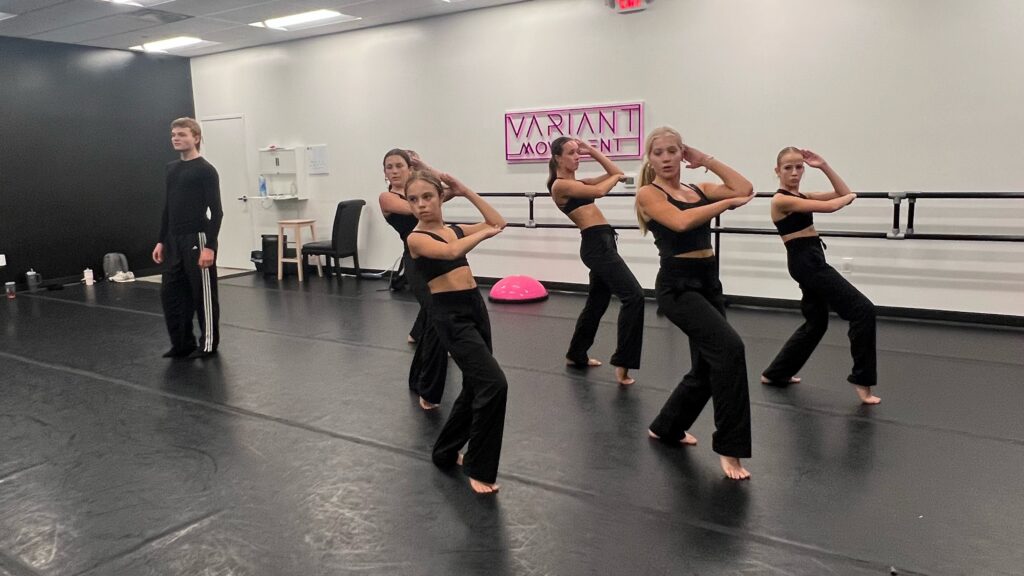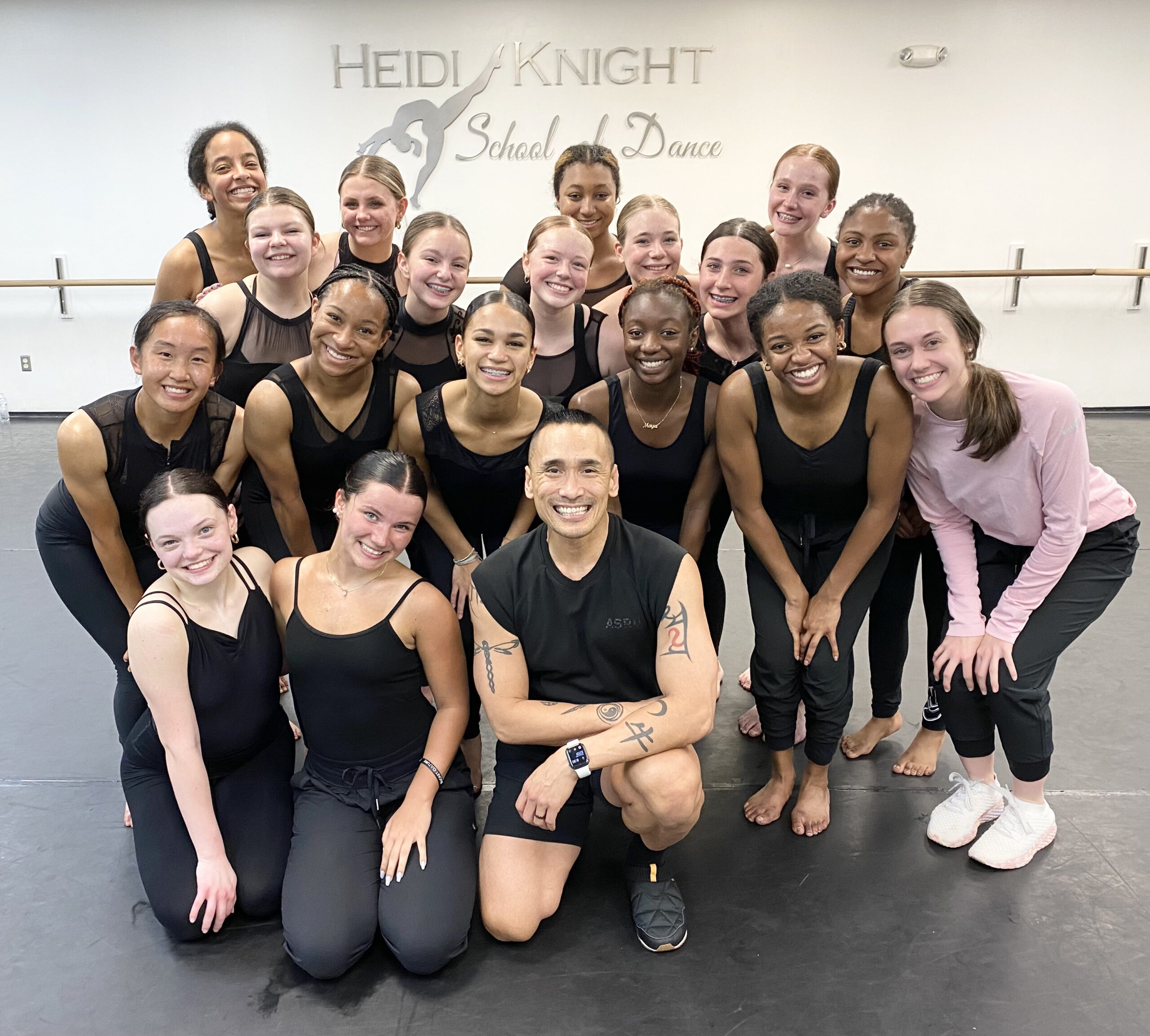How to Clean a Guest Choreographer’s Work While Maintaining Its Integrity
There’s nothing judges love more than sparkling-clean choreography. Keeping competition routines in tip-top shape is always labor-intensive—but especially when the number is the work of a guest choreographer, who may have set it months ago and probably isn’t available to oversee the cleaning process. Here’s how to polish even the smallest details of a guest artist’s routine without altering the piece’s integrity.
Communicate Early and Often
According to Heidi Knight, owner of Heidi Knight School of Dance in Huntsville, Alabama, open communication is key—and that process begins as soon as the guest choreographer sets foot in the studio. In Knight’s school, the plan always includes an assistant, generally a studio staff member.
“That teacher is there during the entire choreography process so someone aside from the students is hearing the intention of the piece and learning the details,” Knight says. “I also make sure we get great videos while our guests are here and share them all with our dancers.” And Knight takes time to talk to the choreographer about specifics, gathering information about their preferences and big-picture vision.
Once the Choreographer Leaves
When it is time to fine-tune, Knight is aware of the importance of knowing when to stop. “The assistant cleans the details of the choreography, but if we perfect too much, the work becomes stagnant, and the intention gets lost,” she says—a particular problem when the choreographer is no longer around to help the dancers recapture the original magic.
If necessary, Knight checks in with choreographers during this process, and often tries to send recent videos or schedule a FaceTime rehearsal. “This way, if they see something that isn’t quite what they intended, we can all get back on the same page,” she says. “This helps us honor the integrity of the piece, and it’s encouraging to the dancers, too.”
Professional choreographer Morgan Burke, who sets numbers for studios and high schools around the country each year, recommends that dancers pay special attention to guest choreographers’ stylistic and movement choices—and their own habits.
“Each choreographer’s work should look different,” he says. “And as you get used to a number, it’s a normal part of the process for whatever a dancer’s Achilles’ heel is—a lack of using plié, for instance—to start showing up instead of the movement that was provided.”

When Change Is Good
Danielle Braithwaite, owner of Variant Movement in San Juan Capistrano, California, says sometimes choreographic changes are necessary—because, ultimately, coaches and instructors know the dancers best. “Always be up front with guests about the possibility of changes, and when they are made, it should be done delicately,” Braithwaite says. “The motivation behind the routine should be honored.”
For Braithwaite, that means formations, body angles, and subtleties in timing can shift, but the overall vision of a number remains the same. She also believes it’s important to wait a while before making changes, to allow dancers to digest new movement before altering it.
While small changes may be inevitable, the challenge of new movement is also a path to growth. “Remember that it’s fine to feel uncomfortable at first—good, even,” Burke says. “Before you decide something isn’t going to work, sit with it a little longer. That’s how you become versatile.”
Ultimately, Knight suggests that dancers, teachers, and choreographers remember that everyone involved in this creative process has the same goal. “We all want the dancers, the studio, and the choreographer represented well,” she says. “Be open to new ideas, and collaborate with each other through the process.”




